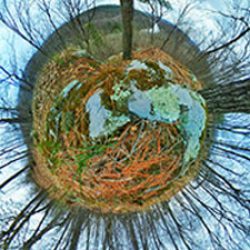Binghamton chemist wins Nobel Prize
The 2019 Nobel Prize in Chemistry has been awarded to M. Stanley Whittingham, distinguished professor at Binghamton. Read more
Nobel prize honors breakthroughs on lithium-ion batteries
If you’re reading this on a cellphone or laptop computer, you might thank the three winners of this year’s Nobel Prize in chemistry for their work on lithium-ion batteries, The New York Times reports. Read more
Why is the U.S. still using hypnosis to convict criminals?
For decades, U.S. law enforcement has used “forensic hypnosis” to help solve crimes – yet despite growing evidence that it is junk science, this method is still being used to send people to death row. The Guardian talks to Binghamton expert Steven Lynn and others about the controversial technique. Read more
New algorithms aim to stamp abuse on Twitter
A new tool can identify Twitter accounts engaging in bullying with over 90% accuracy, according to researchers at Binghamton University, who told the BBC it could be used to help find and delete abusive accounts. Read more
Winners named in Art of Science contest
Two faculty researchers and a staff member took top honors in this year’s Art of Science competition at Binghamton University. The grand prize went to a 360-degree image taken at Fort Anne. Read more
Mosquitoes can hear over surprisingly long distances
In a new study, published in the journal Current Biology, researchers at Cornell University and Binghamton University have shown that mosquitoes are able to hear a range of low frequencies as far away as 10 meters (32 feet). Moreover, that frequency range correlates with many sounds made by human speech, Forbes reports. Read more
Engineer wins Art of Science contest
Congrui Jin, an engineer whose research could one day lead to self-healing concrete, took top honors in Binghamton's 2018 Art of Science competition. Read more








